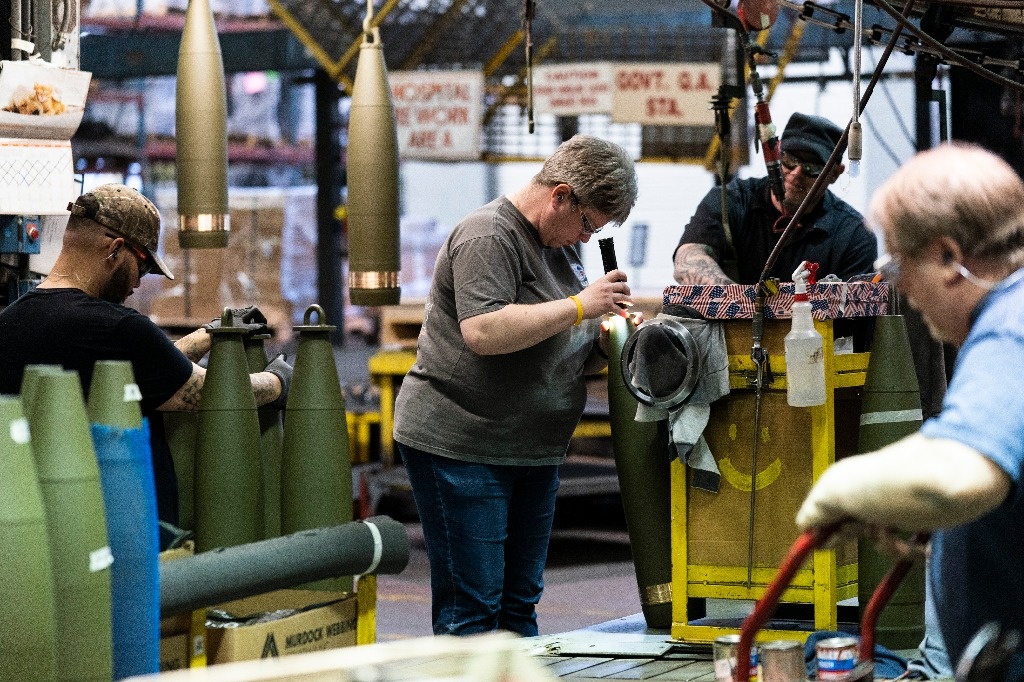The cafe from A to Z | Glossary to better understand the world of coffee

For ideas ever
a
acidity
A pleasant and positive first flavor that is perceived, with greater or less intensity, in Arabica coffees. This property disappears with intense roasting. Besides flavour, aroma and texture, it is one of the main factors professional tasters use in the sensory evaluation of coffee.
almonds
The word means ready-to-roast coffee.
bitter
The basic flavor of coffee provided by caffeine and other substances. It is nice within certain limits. It is usually caused by over-roasting.
Arabic
A word expressing the diversity of Arabica coffee. It is also the name given to Pergamino coffee in some regions of the country.
B.
bubble
Bubbles that appear from fresh coffee. The more bubbles the coffee produces, the more it comes from fresh coffee.
c
Light Arabic coffee
It is 100% selectively harvested. Labor-intensive artisanal processes are used for their selection, and they are produced in generally mountainous terrain, with soils of primarily volcanic origin.
coffee benefited
Coffee that has undergone the process of separating the husk from the parchment, i.e.
“Green coffee”
cherry coffee
It is the fruit of the coffee bush – the cavito -, which is collected as such on plantations, in
Harvest times, the coffee growing areas then undergo a process of adaptation so that it can be marketed (wet processing), which is done on the same coffee plantation.
decaf
It is he who has 97% of its content and reduced caffeine.
coffee pulp
Wet-processed coffee, that is, from which the pulp has been removed to enter the brewing process before being washed.
specialty coffee
It is those that consumers value for their consistent, verifiable and sustainable qualities and for which they are willing to pay higher prices that translate into greater welfare for producers. These characteristics are given by the origin of coffee (origin category), by its production in harmony with the environment (sustainable category) and its commitment to the social development of communities (social category). Also known as Gourmet Coffee.
caffeine
An alkaloid found in coffee beans, coffee leaves, tea leaves, cocoa beans … The average amount of caffeine in raw coffee is 1.5%. Stimulating bitter taste in natural coffee. Arabica contains about 1% caffeine. robusta 2%; Instant coffee varies between 3 and 6% depending on the type of coffee.
ground coffee
After the roasting process, the coffee beans are ground before proceeding to the preparation of the drink. There are three types of grinding: coarse, fine and medium, which refer to the fineness of the grain. The type of grinding chosen depends on the brewing method or coffee machine used for the final preparation of the drink.
Organic coffee
These coffees are grown without the use of synthetic chemical products such as fungicides, herbicides, pesticides and fertilizers, and are replaced by the organic fertilizers often produced by the coffee farms themselves.
basila coffee
Basilla is coffee beans that have blemishes, such as brocade, vinegar, black, split, and crushed.
cursive dry coffee
It is the product of the usefulness of the grain obtained after removing the husk and gum, washing and drying to 12% moisture.
coffee comfort
Reposado coffee, comfort coffee, old or old coffee, is a defect in coffee, it gives a very bitter taste and a very strong aroma that evokes the name rest or old, and occurs when the beans have been stored for a long time or have been kept in unsuitable conditions with high grain moisture over 12% and in very hot places above 25°C.
instant coffee
Soluble or instant coffee is the powder or granules that remain after the water is removed from the coffee extract, which is stable and can maintain its quality for months and even years because it is less susceptible to oxidation processes.
sustainable coffee
It is cultivated by communities that have a serious commitment to protecting the environment, through clean production and preserving the vital nature of their areas. It also promotes the social development of the coffee families that produce it.
roasted coffee
Coffee is obtained by roasting green coffee beans and turning them into almonds, through heat treatments that produce basic physical and chemical changes in the structure and composition of the raw material, giving it a darker color and developing the flavor characteristics of the roasted coffee.
Origin coffee
They come from an area or farm, with unique qualities, because they grow in special places. They are preferred by customers for their special characteristics in their taste and aroma. There are three subcategories: regional, exotic, and real estate.
Robusta coffee
A variety of Coffea canephora species is more resistant to many coffee diseases, especially rust. It is characterized by the production of a strong, bitter drink with a higher concentration of caffeine. It is generally grown at altitudes less than 1,000 meters above sea level in countries such as Brazil, Vietnam, Indonesia and Uganda.
light coffee
Arabica coffees are distinguished by the production of a soft drink (moderate acidity, aroma and bitterness).
studied coffee
It is coffee that has undergone a dehulling process in the case of unwashed coffee or ground coffee in the case of washed coffee.
green coffee
This state of the coffee bean is also known in some countries as “golden coffee”, “seed” or “almond”. It is obtained after removing the manuscript as a result of the lesson process. Green coffee is the primary input for the production of roasted coffee, soluble coffee and coffee extracts, and is the most common form in which it is exported to other countries.
cappuccino
Coffee with milk in Italy
Karajeel
A preparation in which liquors such as brandy, cognac, rum, anise, pomace or whiskey are added to coffee.
cherry
A word used to refer to coffee that is ripe before being washed or dried. This name is due to the similarity between coffee in this case and the fruit called cherry.
Dr
core
It is the process in which the coffee almonds are separated from the husk and pulp.
And the
balanced
Coffee has all the basic properties in the right proportions.
essence
Coffee extract in liquid form, used in some countries to make coffee with milk or to dilute it with hot water
espresso Italian style steamed coffee.
coffee extract
Liquid coffee concentrates are used as raw materials for beverages, essences, desserts, liqueurs, pastries, etc.
F
leavened
Chemical change caused by yeasts and enzymes in raw coffee. The pronounced brewing flavor is detrimental to the flavor of the coffee.
M
mix ‘mix’
It corresponds to a mixture of different types of green coffee and the process conditions they will be exposed to to obtain a drink that is balanced in body, aroma and acidity.
a land
Espresso requires a very fine grind that allows for an extraction time of 25-30 seconds. Only with this grinding can the cream and body that characterize an authentic espresso be achieved.
s
Basila
The combined product of coffee obtained in the threshing process. It can be from a machine or by hand/sometimes the coffee that comes out of the tree before it is cut and that is collected from the ground.
Manuscripts
This label receives coffee because it leaves the producer’s hand.
s
burnt/smoked (smell)
The smell is similar to the smell of smoke produced when burning wood. The descriptor is often used to refer to the degree of roasting typically found in roasted or oven-roasted coffee.
s
strong
The coffee method, it contains the smallest coffee bean, is resistant and has a higher level of caffeine. It is grown in Africa, Asia and Brazil, native to Zaire.
Rust
It is considered the main disease of the cultivation of Arabica coffee. It is caused by a fungus that infects coffee leaves of all ages. The pests are circular spots on the underside of the leaf covered with a yellow-orange powder that cause the attacking leaf to fall off.
T
coffee lesson
The mechanical and visual selection process (which some call dry utility), in which the parchment coffee turns into almond coffee (also called green almond coffee).
the lesson
The process in which dry coffee is extracted by specialized machines, a film or endocarp covers it, and turned into green coffee, then graded according to the size and quality of the beans.
Manal
The process that is given to green coffee to develop all its flavor and aroma characteristics. There are several types of roasting from a lower final temperature to higher, light or blonde roast, medium roast or usually monk roast, dark brown roast that mask the bad characteristics of the coffee and its dark brown/black color.
Fifth
vacate
It is generally associated with the smell of brewed coffee, an unpleasant sensation typical of vinegar.
z
coffee areas
It is those areas where coffee is grown which are mainly located in the altimeter belt between 1000 and 2000 meters above sea level.
.
.

“Professional problem solver. Subtly charming bacon buff. Gamer. Avid alcohol nerd. Music trailblazer.”




:quality(75)/cloudfront-us-east-1.images.arcpublishing.com/elcomercio/6NEH6FMKYBCU7JJWZ5GVRZKTRM.jpg)
/thumbs.vodgc.net/1-14-FnXFWZ1684253239488_1080P.jpg)





